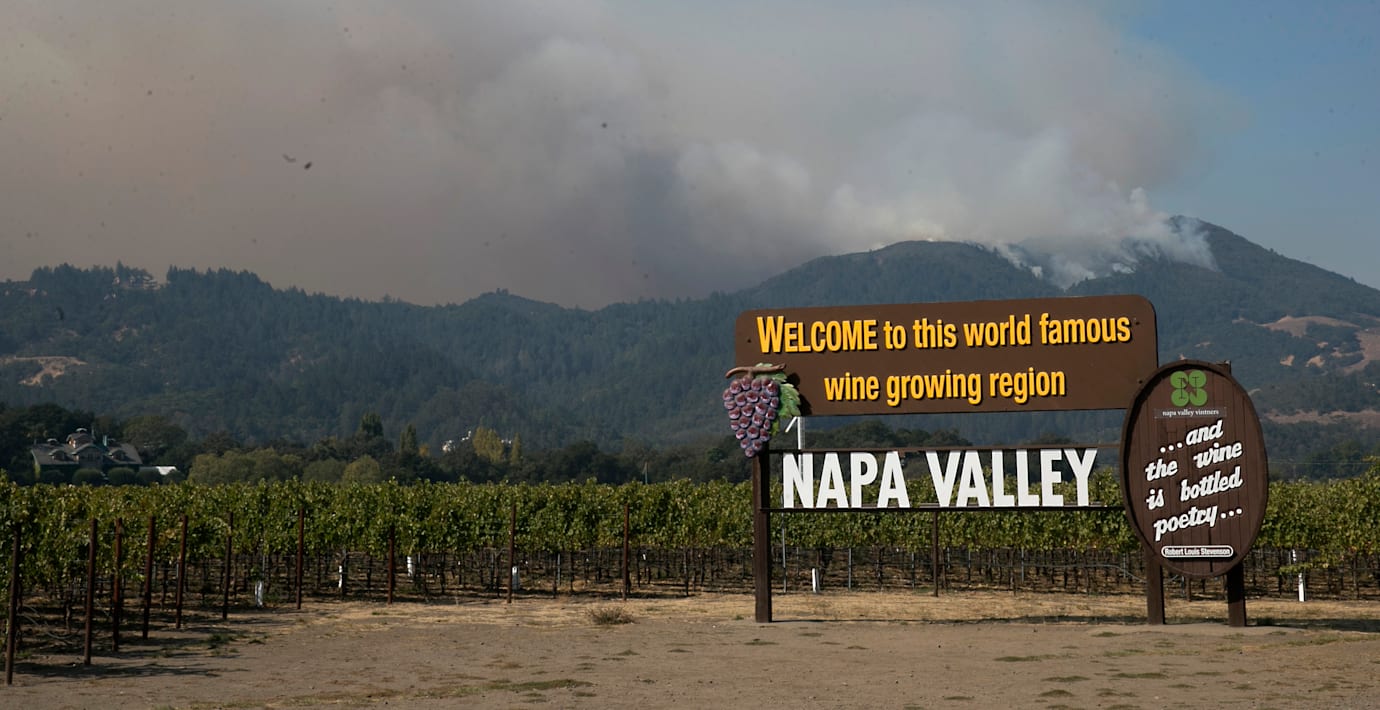bakgrund
Fukushima-katastrofen
Wikipedia (en)
The Fukushima Daiichi nuclear disaster (福島第一原子力発電所事故, Fukushima Dai-ichi ( pronunciation) genshiryoku hatsudensho jiko) was an energy accident at the Fukushima Daiichi Nuclear Power Plant in Ōkuma, Fukushima Prefecture, initiated primarily by the tsunami following the Tōhoku earthquake on 11 March 2011. Immediately after the earthquake, the active reactors automatically shut down their sustained fission reactions. However, the tsunami disabled the emergency generators that would have provided power to control and operate the pumps necessary to cool the reactors. The insufficient cooling led to three nuclear meltdowns, hydrogen-air explosions, and the release of radioactive material in Units 1, 2 and 3 from 12 March to 15 March. Loss of cooling also raised concerns over the recently loaded spent fuel pool of Reactor 4, which increased in temperature on 15 March due to the decay heat from the freshly added spent fuel rods but did not boil down to exposure.On 5 July 2012, the Fukushima Nuclear Accident Independent Investigation Commission (NAIIC) found that the causes of the accident had been foreseeable, and that the plant operator, Tokyo Electric Power Company (TEPCO), had failed to meet basic safety requirements such as risk assessment, preparing for containing collateral damage, and developing evacuation plans. On 12 October 2012, TEPCO admitted for the first time that it had failed to take necessary measures for fear of inviting lawsuits or protests against its nuclear plants.The Fukushima disaster was the most significant nuclear incident since the April 26, 1986 Chernobyl disaster and the second disaster to be given the Level 7 event classification of the International Nuclear Event Scale. However, there have been no fatalities linked to radiation due to the accident. The United Nations Scientific Committee on the Effects of Atomic Radiation and World Health Organization report that there will be no increase in miscarriages, stillbirths or physical and mental disorders in babies born after the accident. Controversially, however, an estimated 1,600 deaths are believed to have occurred, primarily in the elderly, who had earlier lived in nursing homes, due to the resultant poor ad hoc evacuation conditions.There are no clear plans for decommissioning the plant, but the plant management estimate is 30 or 40 years. A frozen soil barrier has been constructed in an attempt to prevent further contamination of seeping groundwater, but in July 2016 TEPCO revealed that the ice wall had failed to totally stop groundwater from flowing in and mixing with highly radioactive water inside the wrecked reactor buildings, adding that they are "technically incapable of blocking off groundwater with the frozen wall".In February 2017, TEPCO released images taken inside Reactor 2 by a remote-controlled camera that show there is a 2-meter (6.5 ft) wide hole in the metal grating under the pressure vessel in the reactor's primary containment vessel, which could have been caused by fuel escaping the pressure vessel, indicating a meltdown/melt-through had occurred, through this layer of containment. Radiation levels of about 210 Sv per hour were subsequently detected inside the Unit 2 containment vessel. These values are in the context of undamaged spent fuel which has typical values of 270 Sv/h, after 10 years of cold shutdown, with no shielding.
